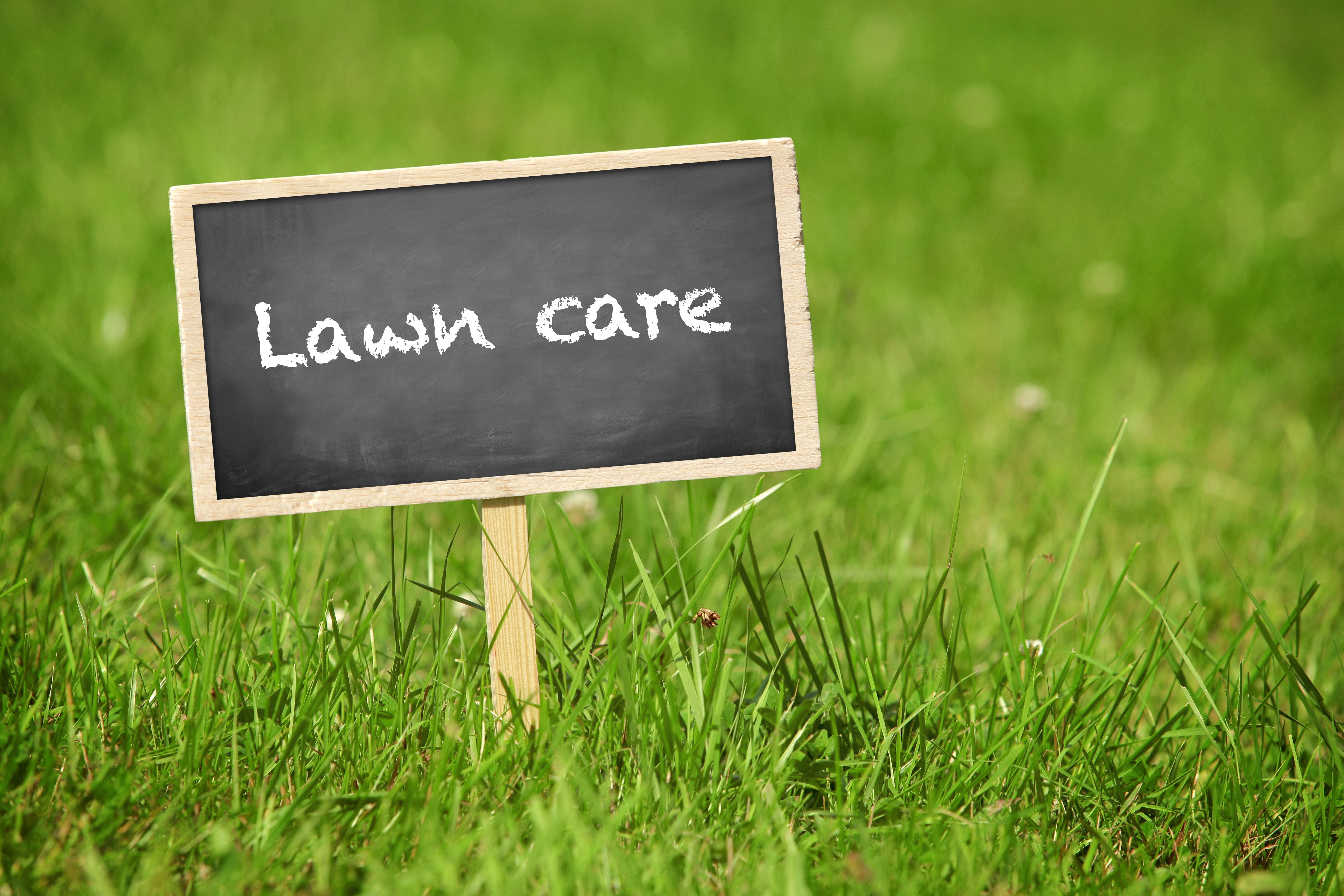Proper lawn care
After successful seeding, optimal care is essential for the maintenance of your lawn. This is the only way to ensure that it will remain looking uniform and beautiful for many years. Mowing, fertilising, aerating (dethatching) and watering are the most important aspects of its care. Weed control and treating your lawn against diseases are also important.
Mowing
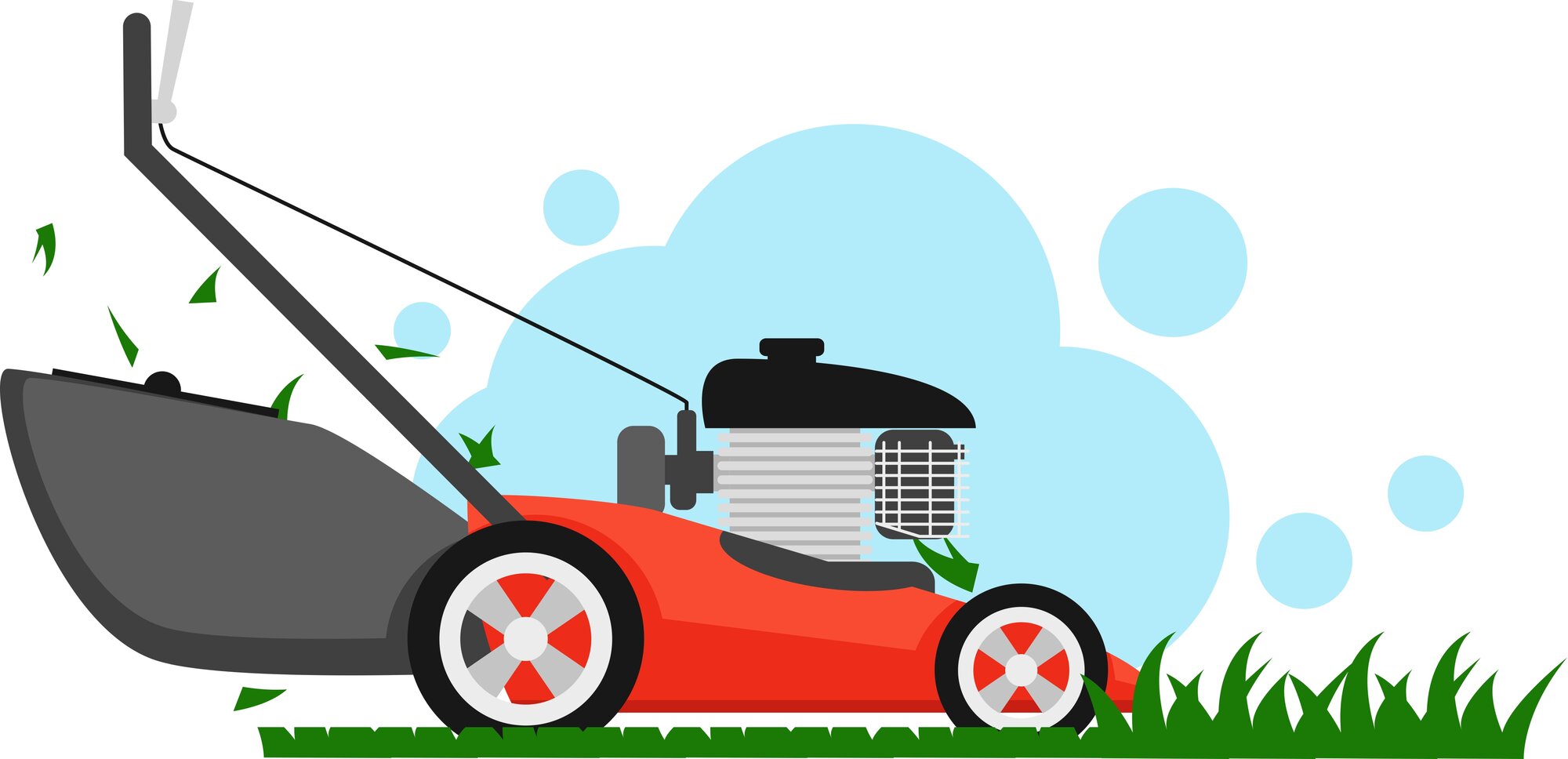
Mowing is one of the most time-consuming and important aspects of lawn maintenance. Frequent cutting in conjunction with the right fertilisation promotes the formation of a dense, carpet-like sward, as the grass plants are encouraged to grow in width. In addition, it makes the lawn stronger and able to withstand stresses immediately.
When choosing the right time to mow your lawn, it is important to ensure that no more than a third to a maximum of half of the growth should be removed from the grass plant. If significantly more growth (radical cut) is mowed in one cut, the plant loses too much green surface area to be able to regenerate quickly. For home gardens, the cutting height is between 3-5 cm. This means that you have to mow when the grass is at a height of 6-10 cm.
Apart from that, you should try and trim your lawn once or twice a week in the spring if possible.
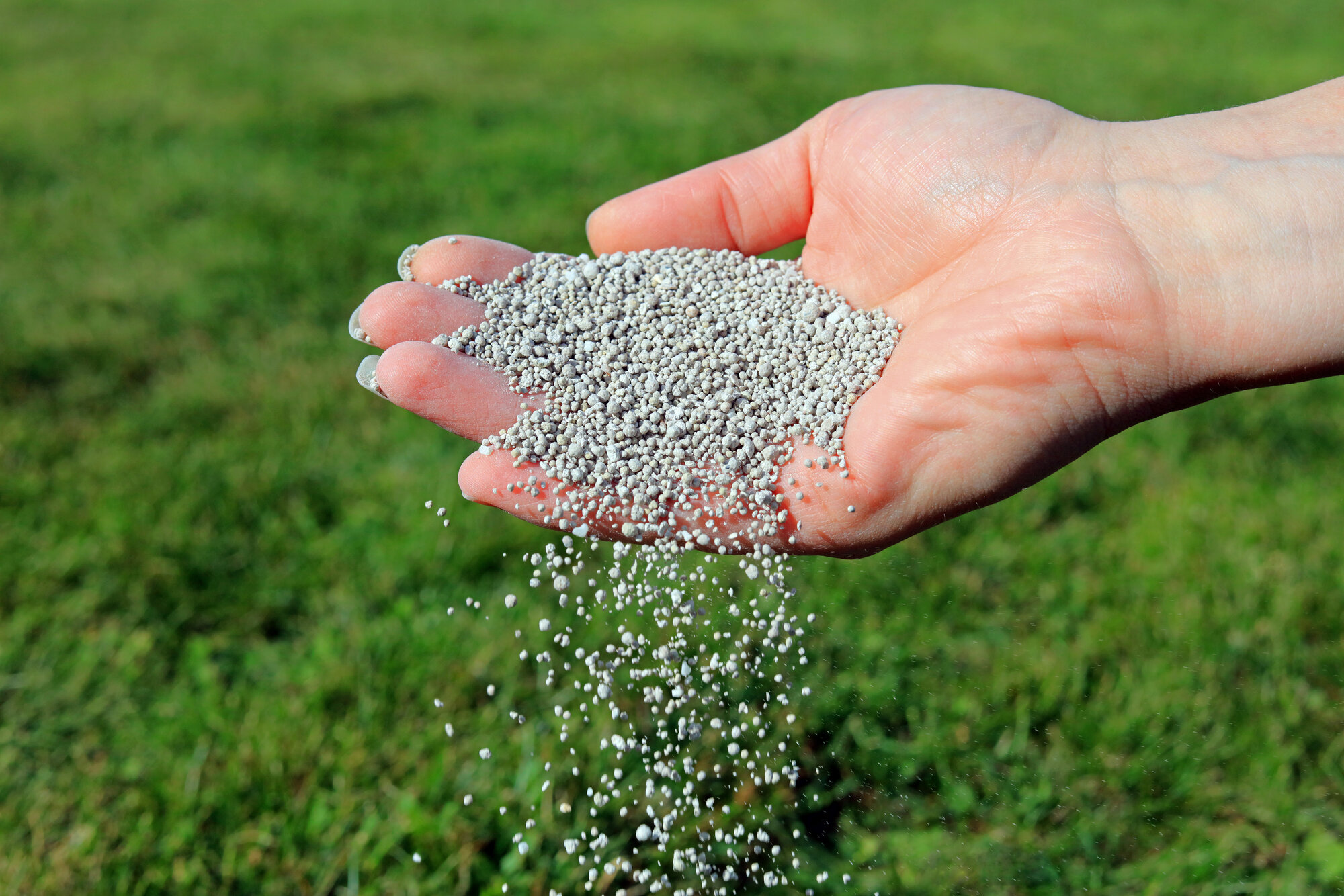
Fertilisation
Because the lawn has to constantly regenerate itself, should be dense and constantly has nutrients removed when it is mowed, the right fertilisation is important for the formation of a strong green sward.
Your lawn is in a constant process of growth and the nutrients it requires must be supplied through targeted fertilisation. Your lawn not only needs nitrogen, but also a balanced ratio of nitrogen, phosphate, potash, magnesium and trace elements. These nutrients serve various functions in building plant tissue and managing plant metabolism.
Complex fertilisers of which the composition takes into account the needs-based nutrient ratio are therefore your best choice.
Dethatching
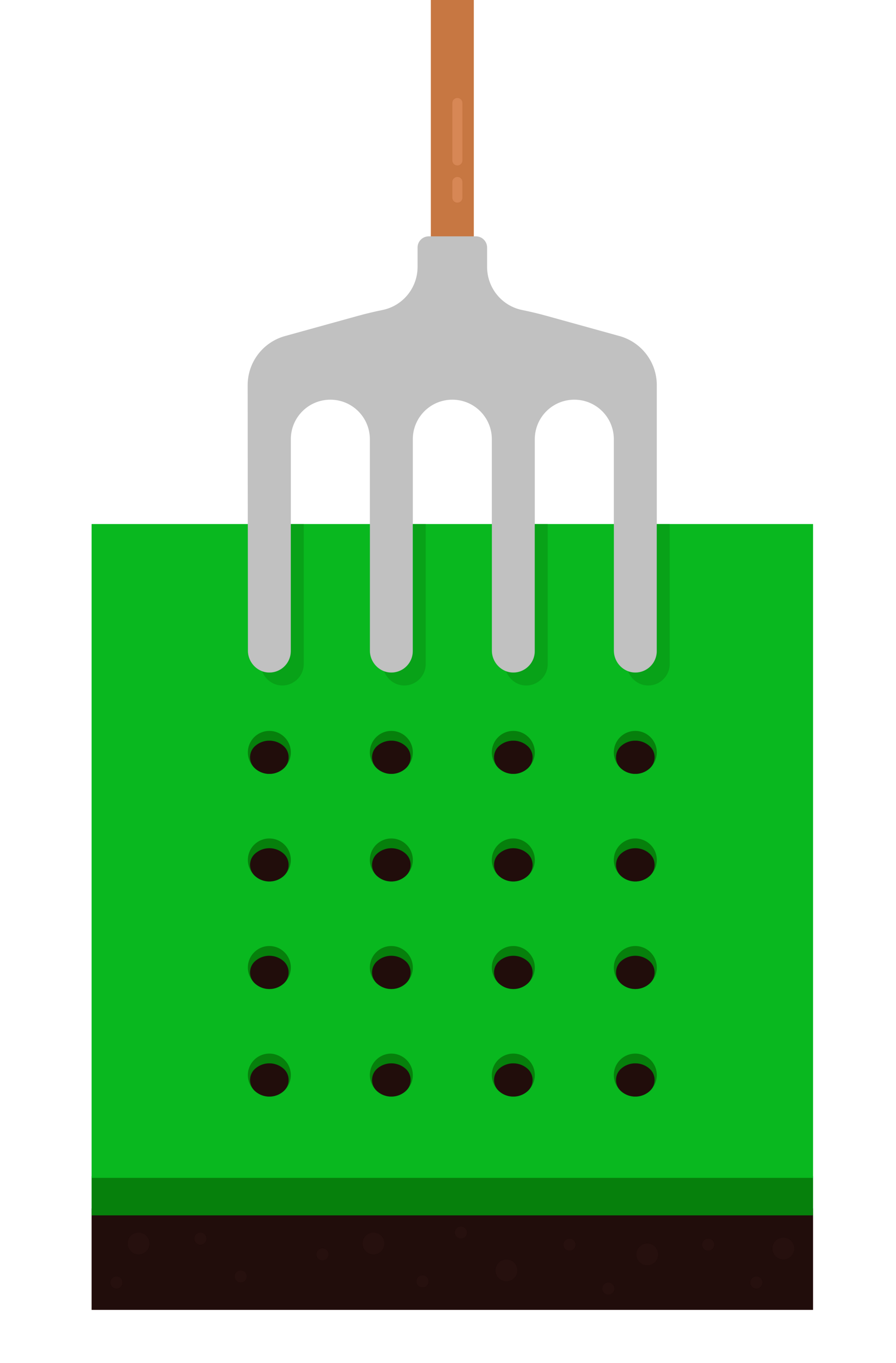
Your lawn needs air and light to grow. Because at hatch living and dead plant tissue develops over time, especially if clippings are left lying on the lawn, this should be removed every spring.
Dethatching tears open and removes the thatch on the surface of the lawn and decimates broad-leaved weeds and moss. The air and water balance is improved, the activity of the soil organisms and thus the degradation of thatch are promoted. The turf of sports fields should be dethatched at least once a year during the main growing season in April.
Before dethatching, the lawn is quickly mowed. After dethatching, the cuttings must be removed, after which the lawn can be replanted and reseeded if necessary.
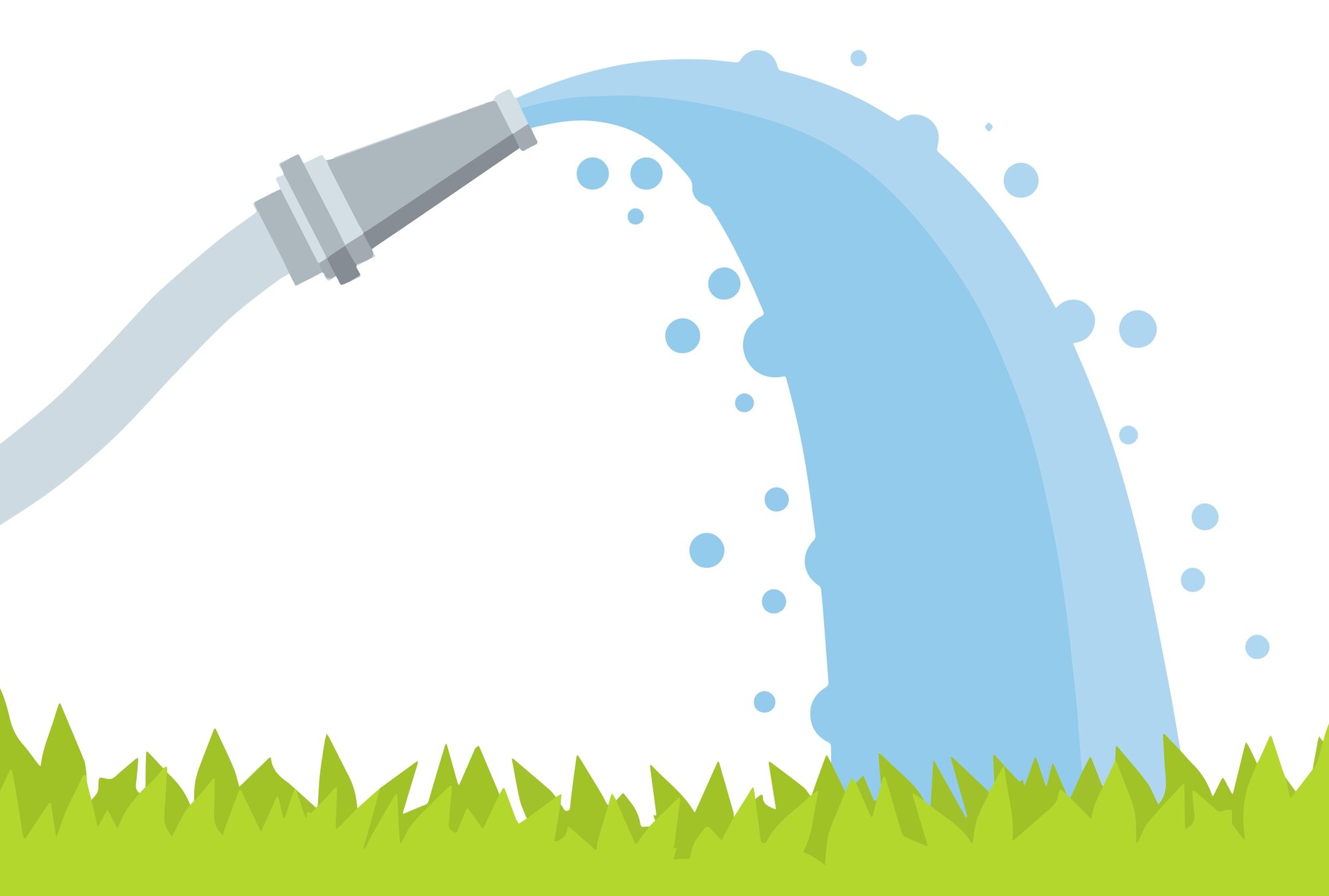
Irrigation
Make sure the lawn always gets enough water. Normally, the natural precipitation is sufficient for this.
Should it nevertheless be necessary to water the lawn during periods of prolonged drought, the following should be observed:
Newly planted lawns should be watered every 2 days with approx. 1-2 l/m²; older lawns require watering only once a week, but penetratingly with up to 20 l/m² water. It should be watered in the early morning or late evening and never in bright sunlight.

